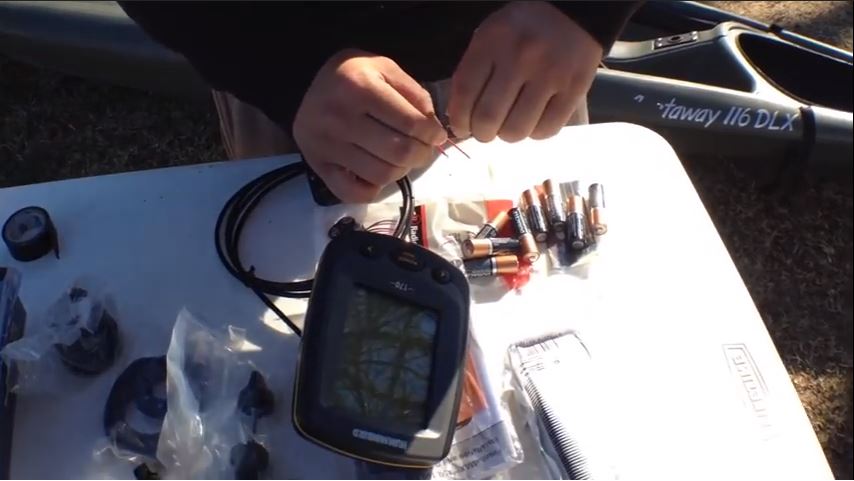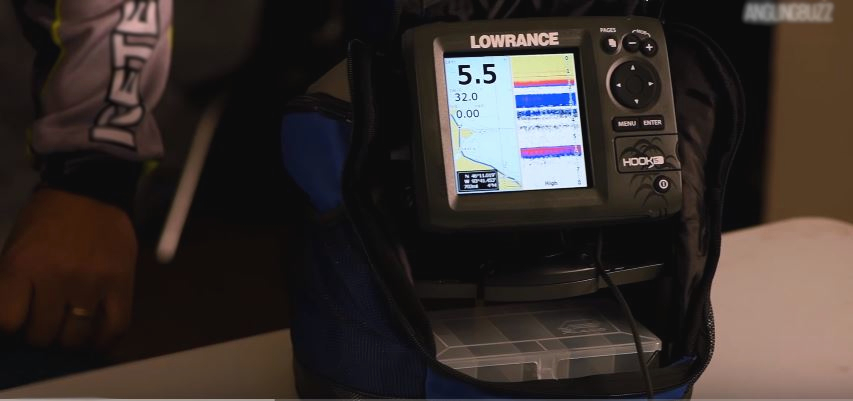Impressed with how a fish transducer works?
It is able to give you a visual representation of the objects that are beneath the boat in real time as you drive.
A good transducer is able to take electrical pulses, convert them into acoustic sounds and throw it out into the water.
It is able to receive the feedback, amplify the feedback data and then calculate the data that it displays on the screen.
So how does it do this?

How does the transducer know how deep the water is?
The transducer generates high voltage electrical which is converted into high frequency acoustic sounds which is thrown downwards in regular intervals to the bottom of the lake or sea bed.
These pulses are then reflected off the river bed. Now after the acoustic sound pulses are thrown off, the transducer is equipped with a microphone that catches the sound that bounces off.
When these high frequencies are bounced off, most of it loses its energy and become weak.
Weak signals, are then driven through a transducer amplifier , it takes the weak sound and amplifies it before it is analyzed and interpreted by the machine.
After being interpreted by the computer, it is thrown onto the screen as you see it.
How does it calculate the depth of the sea/lake floor?
Knowing the speed at which these pulses travel through water and the time it took for the pulse to get back, the distance can then be calculated using the formula; Distance = speed x time.
Eg. Speed of sound = 1463 meters per seconds, time= 0.20s
Distance = Speed x time
Distance= 1463 x 0.20
Distance = 292meters
How does the transducer see fish?
Fish has air bladder that help them regulate air pressure as they dive deep or change depth.
Acoustic pulse bounced off the fish bladder gives of a different density of sounds, when these pulses are bounced off different objects, they are the same.
With that said, fish finder makers have programmed in the different types of objects and their respective acoustic feedback densities, when the device receives the “fish” type pulse reflection, the device automatically identifies it as fish if it the feedback sound is the same as the fish sound.
Can fish hear these electric pulses?
No, the frequency at which these electric pulse travel is higher than what the fish can hear.
We humans can hear from 10 – 20 Hertz, fish can hear from 1 MHZ to 500MHZ,.
Fish finder pulses however, travel at 10,000khz to 200,000,000khz.
High frequency as such are necessary so that sufficient feedback is received in order to determine the object type and distance to the sea or lake bed.
